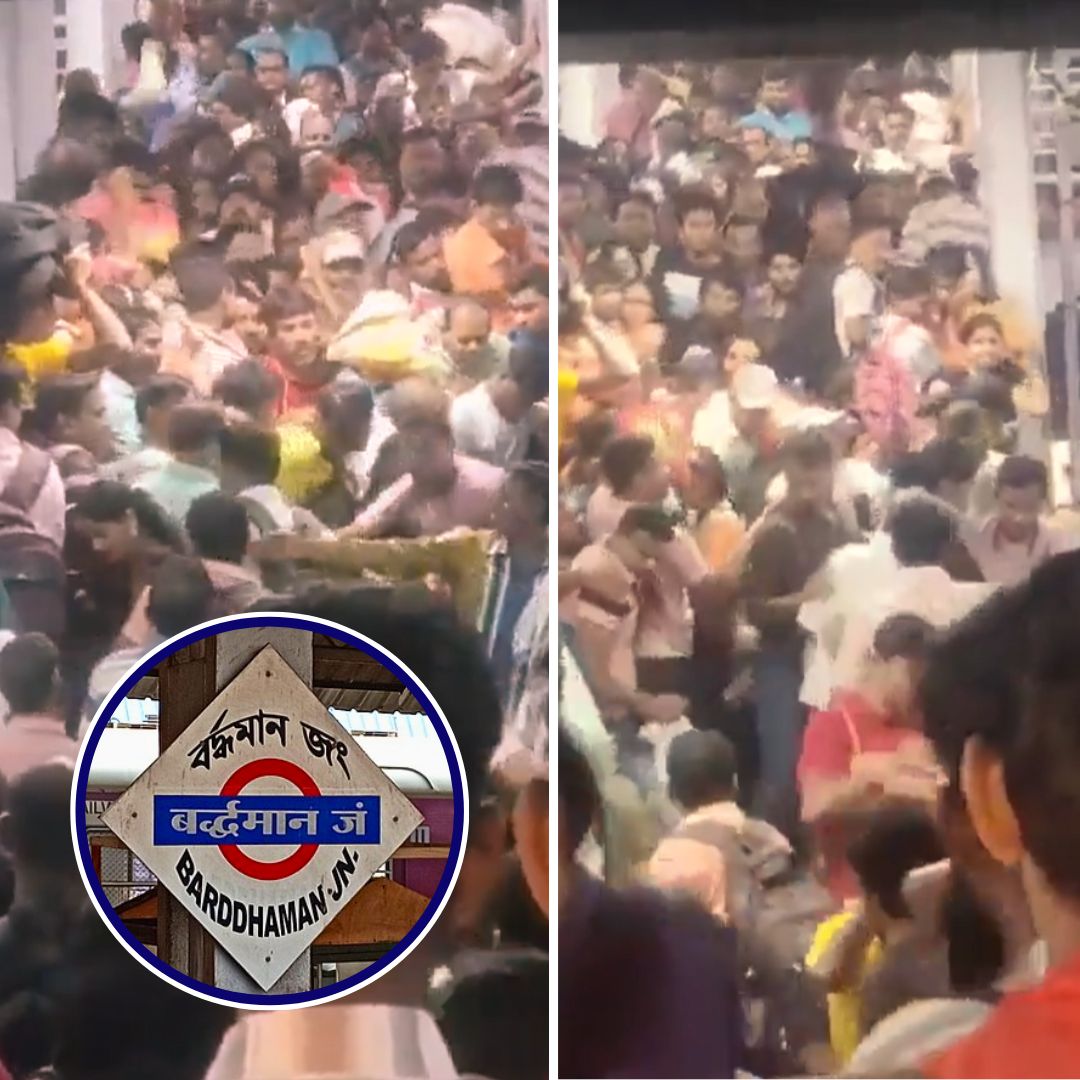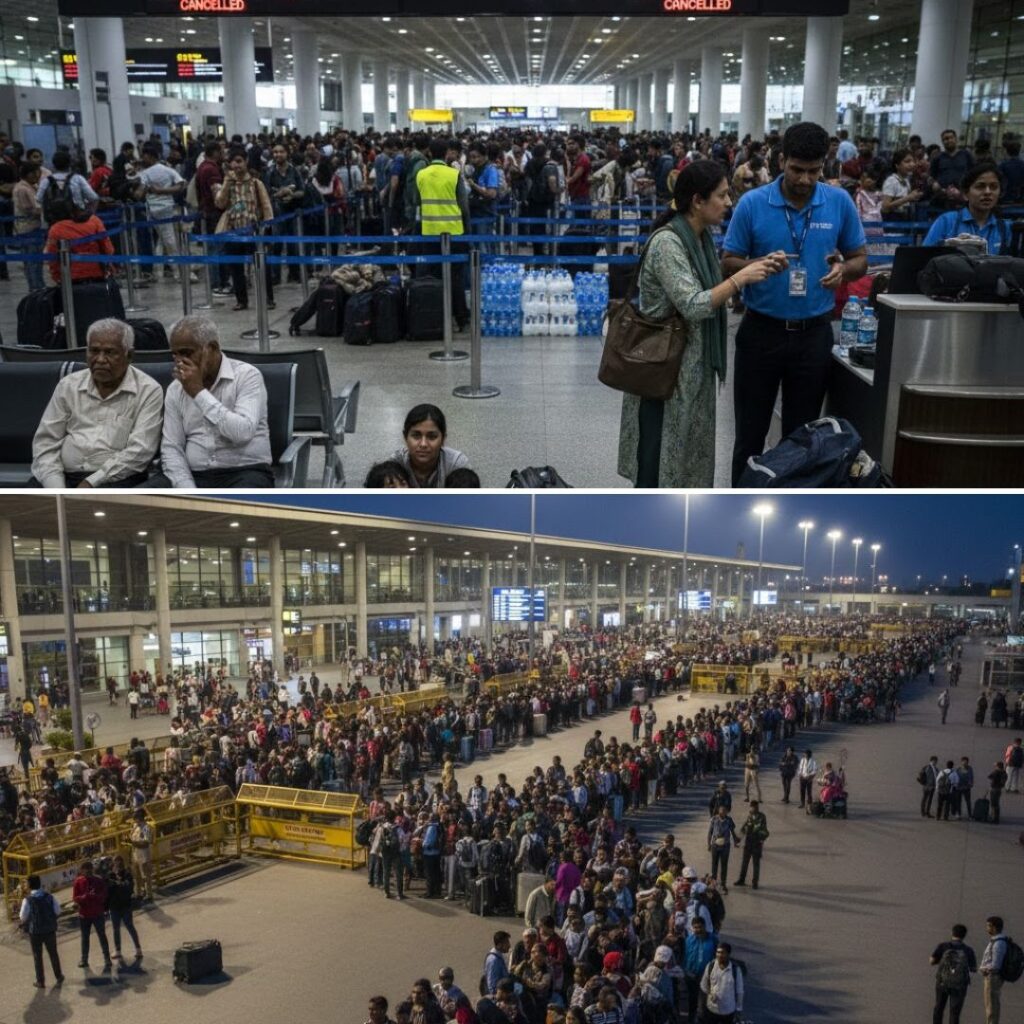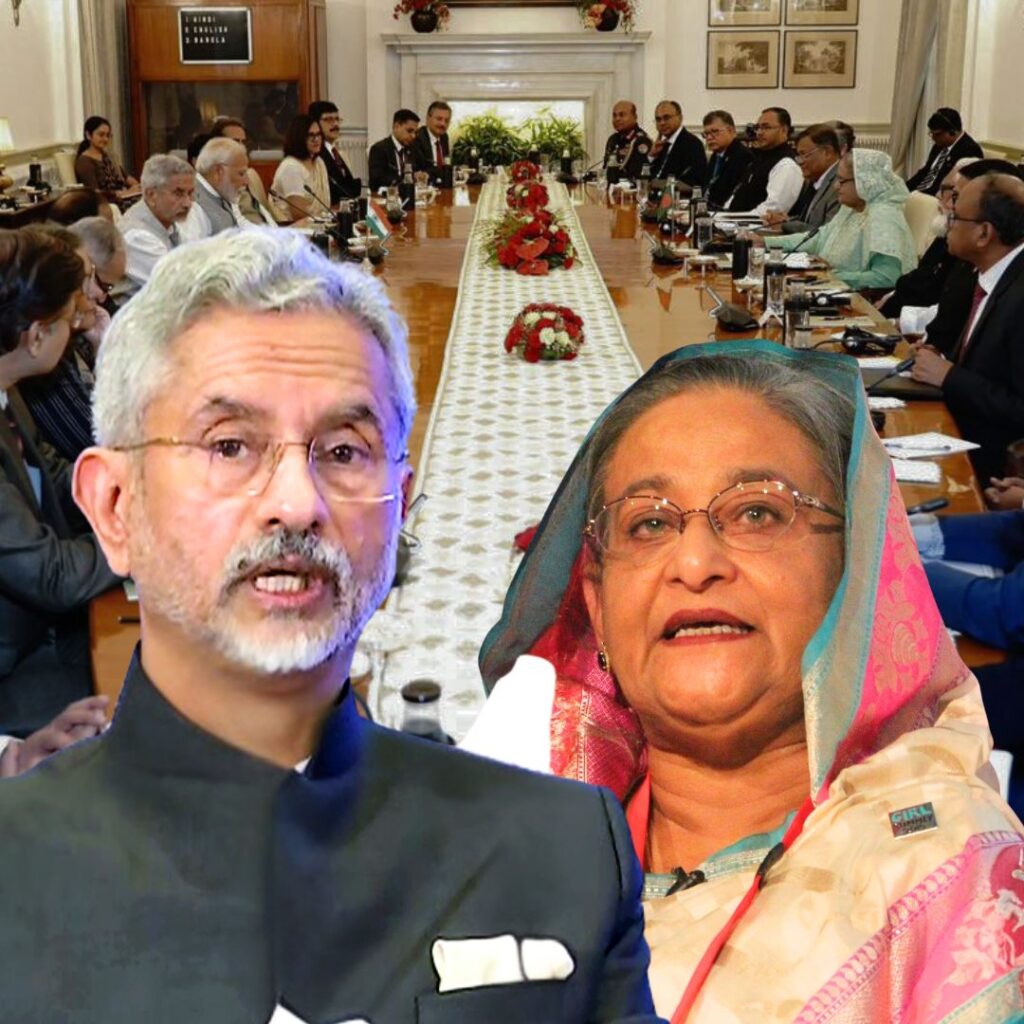Twelve passengers were injured in a stampede at Bardhaman railway station, West Bengal, on the evening of October 12, 2025, as crowds surged across stairways and footbridges amid the simultaneous arrival of multiple trains.
The incident occurred during the festive rush, drawing swift action by local authorities to hospitalise the victims and launch an official inquiry into safety lapses. Railway officials have assured the deployment of additional staff and improved crowd control to prevent recurrence.
Overcrowding and Infrastructure: The Immediate Trigger
The stampede unfolded when three to four trains reached Bardhaman station at nearly the same time, driving large crowds to converge on limited walkways and staircases connecting platforms 4, 5, and 6.
Eyewitnesses described the moment as chaotic, with commuters jostling for space, some losing balance and falling, which caused a chain reaction of panic and trampling. Local leaders have reiterated demands for functional escalators across platforms, proper crowd segregation, and timely announcements.
Officials clarified that the trigger appeared to be a passenger slipping on stairs, it clarified that there was no stampede, and the crowd was normal.
Railway Stampedes in India: A Troubling Pattern
Sadly, stampedes at major Indian railway stations are not uncommon. One of the deadliest incidents occurred at New Delhi railway station on 15 February 2025, killing at least 18 people, predominantly women and children, and injuring many more.
That tragedy was fuelled by delayed trains, confusing announcements, and inadequate crowd control measures as thousands rushed onto footbridges for the Maha Kumbh festival. Similar incidents have recurred over decades, with 2012, 2010 and 2004 stampedes at New Delhi station claiming multiple lives and spotlighting platform changes, poorly managed surges, and infrastructural deficits.
Crowds tend to swell during festivals and holidays, often overwhelming the safety protocols in place and revealing the urgent necessity for both technological and human resource improvements in station management.
Officials’ Response and Calls for Sustainable Reform
In Bardhaman’s aftermath, railway spokespeople and district officials have stated that an inquiry has begun while security and hospital staff have responded efficiently.
However, the recurrence of such accidents, including those in New Delhi and other major hubs, underscores major gaps in crowd prediction, communication, and passenger assistance. Experts have argued for infrastructural upgrades, such as wider footbridges, dynamic signage, and working escalators, combined with regular staff training and strategic policing, especially during festival seasons.
While the immediate deployment of extra personnel and repairs are commendable, sustainable solutions demand a culture of preparedness, participatory crowd management, and strict accountability.
The Logical Indian’s Perspective
The latest Bardhaman stampede is a reminder of the human cost of systemic neglect at India’s bustling railway stations. While speedy medical help and official inquiries cannot be faulted, only transformative changes, such as smart technology integration, staff empowerment, and policy reform, can ensure stations remain both safe and hospitable for all.
The Logical Indian urges rail authorities, civil planners, and the community to co-create inclusive strategies for better crowd management.












